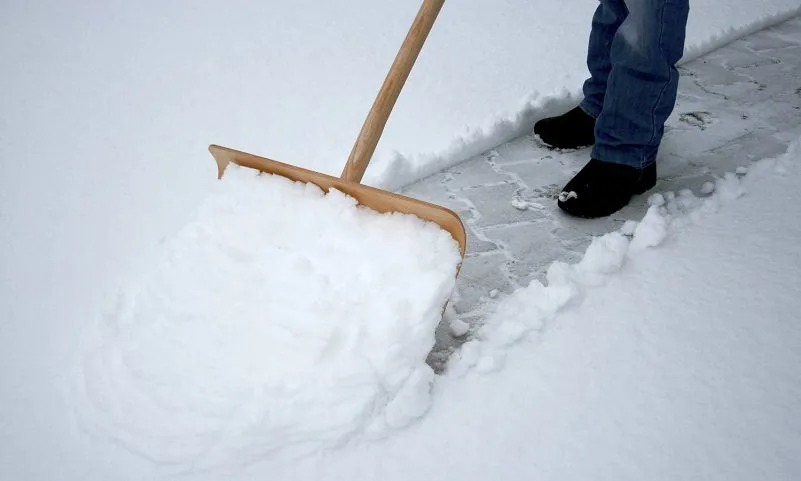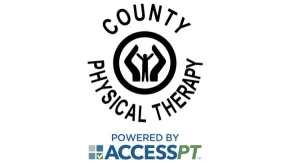Shoveling snow may be a necessary task during the winter months, but it can also be dangerous if not done correctly. Snow shoveling can be hard on your body, particularly if you are not used to physical activity or have certain health conditions. The most common injuries include slipping and falling and overexertion leading to heart attacks or strained muscles. To help you stay safe while shoveling, here are 5 tips for safer snow shoveling.
Warm up before shoveling
Before you start shoveling, take a few minutes to stretch and warm up your muscles. This can help prevent injuries such as strains and sprains. Try doing some light cardio, such as walking or jogging in place, and stretching your arms, legs, and back.
Use the right equipment
Using the right equipment can make shoveling safer and easier. Choose a shovel that is the right size and weight for you. A shovel that is too heavy or too long can be difficult to handle and may cause strain on your body. Look for a shovel with a comfortable handle and grip to reduce the strain on your hands and wrists.
Lift correctly
Lifting heavy snow can be hard on your back, so it’s important to lift correctly to avoid injury. Only shovel new, powdery snow. It’s lighter and less condensed. When possible, push the snow away from the area you intend to clear with your shovel instead of lifting it. This can decrease the likelihood of losing balance or straining yourself.
If you must lift, don’t heap your shovel with full loads of snow. It may take longer to scoop less at a time, but your muscles will thank you for not straining them. Remember to bend at your knees, not your waist. Keep the shovel close to your body and lift with your legs, not your back – your legs are far stronger than your back. To help protect your back muscles, avoid twisting your body as you lift.
Take breaks
Shoveling can be physically demanding, so it’s important to take breaks to give your body a rest. Take a break every 15-20 minutes to stretch and catch your breath. Drink plenty of water to stay hydrated, and dress in layers to stay warm and comfortable.
Know your limits
No matter how badly you want to finish, do not work yourself to the point of exhaustion. Colder temperatures force your muscles to work harder than usual to complete physical tasks.
Know the symptoms of a heart attack, which include chest discomfort, shortness of breath, nausea, fatigue, cold sweat, and sudden dizziness or lightheadedness. If you are experiencing any of these symptoms, cease shoveling and call 911 immediately. Do not attempt to “power through” it. Do not shovel immediately after smoking or eating a heavy meal, as this increases the risk of a heart attack—particularly for people over the age of 40.
If you are not in good physical condition or have a health condition that may be affected by shoveling, it may be best to avoid shoveling altogether. Consider hiring a professional snow removal service or asking a friend or neighbor to help with the shoveling. If you do decide to shovel, listen to your body and stop if you feel tired or experience any pain.
Shoveling snow can be a necessary but potentially dangerous task. By following these tips for safer snow shoveling, you can help prevent injuries and make the job a little easier on your body. If you do suffer an injury, be sure to call us and make an appointment. Exercise can assist in the healing process more than you might think, and we’re more than happy to help. Find a location near you.



